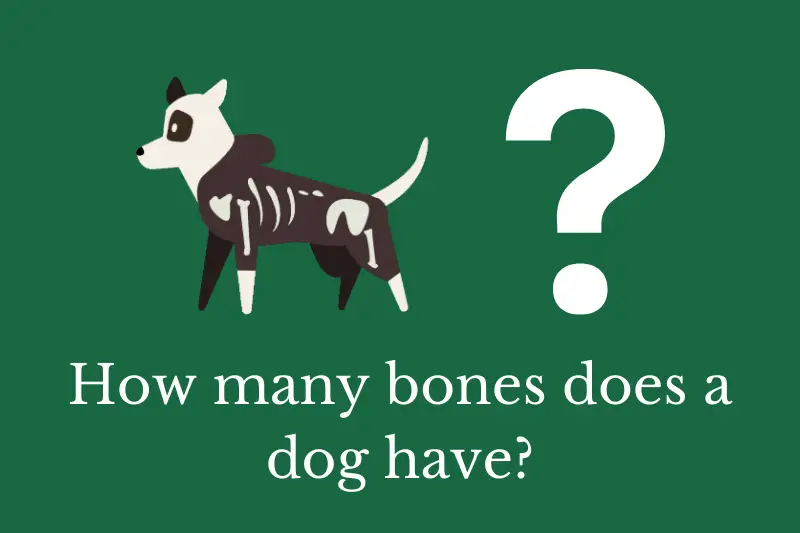Dogs, like other mammals, have a skeletal system that provides support and structure to their bodies. A dog’s skeleton is made up of bones, cartilage, and ligaments, which work together to enable movement and protect the vital organs. In this article, we will discuss how many bones a typical dog has and their functions.
How many bones does a dog have?
The number of bones in a dog’s body varies depending on the breed and size of the dog. However, on average, an adult dog has approximately 320 bones in its body. This is a higher number than the average number of bones in the human body, which is around 206. The reason for this difference is that dogs have more bones in their tail, legs, and neck, which gives them greater flexibility and agility.
A dog’s skeleton is divided into three main parts: the axial skeleton, the appendicular skeleton, and the visceral skeleton. The axial skeleton includes the bones of the head, vertebral column, and rib cage, which protect the dog’s vital organs, such as the brain, spinal cord, and heart. The appendicular skeleton includes the bones of the limbs, such as the shoulders, legs, and feet, which enable the dog to move around and perform various activities. Finally, the visceral skeleton includes the bones in the thorax, such as the sternum and the ribs, which protect the dog’s internal organs.
Some of the most notable bones in a dog’s body include the skull, the femur, the pelvis, and the spine. The skull is made up of several bones that protect the brain and house the dog’s sensory organs, such as the eyes, ears, and nose. The femur is the largest bone in the dog’s body and is located in the upper part of the leg, while the pelvis connects the legs to the axial skeleton and provides support for the dog’s weight. The spine, also known as the vertebral column, is made up of 33 vertebrae that protect the spinal cord and enable the dog to bend, twist, and move its body in various directions.
Each bone in a dog’s body has a specific function, whether it is to support the weight of the body, protect the organs, or enable movement. For example, the bones in the legs and feet provide support and allow the dog to move around, while the bones in the skull and rib cage protect the vital organs from injury. In addition, bones are essential for the production of red blood cells, which carry oxygen to the body’s tissues.
Summary
In conclusion, a typical dog has around 320 bones in its body, which are essential for support, protection, and movement. Each bone in a dog’s body has a specific function, and together, they work to enable the dog to perform various activities, from running and jumping to digging and sniffing. Understanding the structure and function of a dog’s skeletal system is important for ensuring their overall health and well-being, and for providing them with the care and attention they need.

























